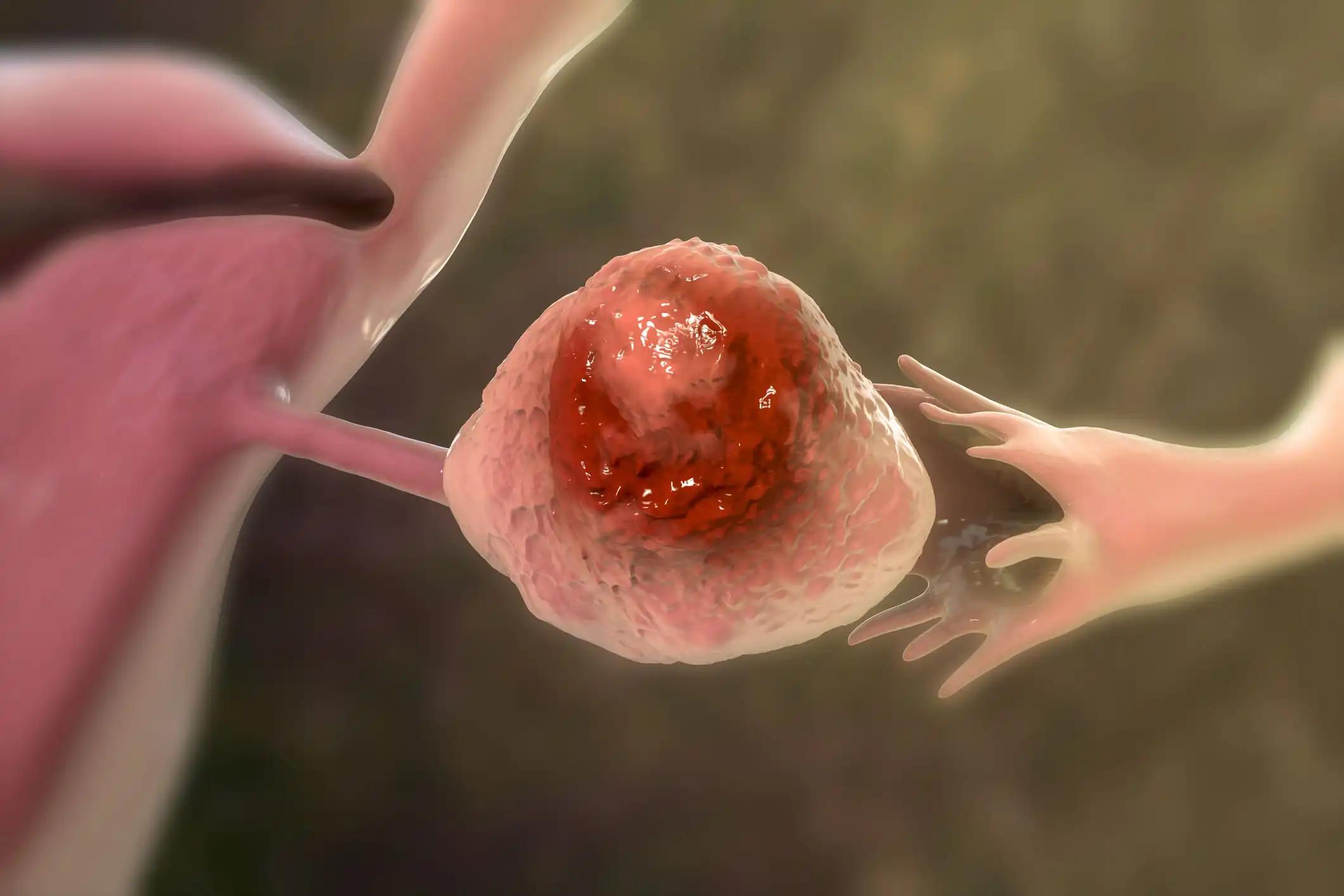KEY TAKEAWAYS
- The study aimed to investigate the association between endocrine disrupters, hormones, and reproductive factors in rare and poorly prognosis ovarian cancer patients.
- Researchers noticed varied associations, puberty pesticide exposure linked, early-life exposure protective, and no confirmed impact from triazine herbicides on ovarian cancer.
Ovarian cancer is characterized by rarity, poor prognosis, and limited established risk factors. Marine Renier and her team aimed to assess a notable influence of hormones and reproductive factors on its development, indicating a potential association with endocrine disrupters.
Researchers performed an inclusive analysis within the AGRICAN cohort, encompassing 59,391 female farmers who provided comprehensive data on lifelong agricultural exposures and reproductive history. Cox models, utilizing attained age as the timescale, were employed to calculate HR and 95% CI. The study considered hormonal factors as potential confounders and investigated specific time windows for exposure, including childhood, puberty, and menopause. Female farmers served as the reference group in the principal analyses.
Between enrolment (2005-2007) and the end of follow-up (December 2017), 262 incidents of ovarian cancer were identified in the AGRICAN cohort. Increased ovarian cancer risk was observed for females involved in pig farming (HR=2.12, 95% CI 1.27 to 3.52), particularly during puberty (HR=1.83, 95% CI 1.13 to 2.94), as well as in fruit-growing (HR=2.17, 95% CI 1.09 to 4.30) and potato seed treatment (HR=2.81, 95% CI 1.29 to 6.09). Conversely, females born on farms growing grain cereals exhibited a reduced risk (HR=0.64, 95% CI 0.46 to 0.90), as did those in pig-breeding (HR=0.78, 95% CI 0.55 to 1.12). Triazine herbicide exposure showed no association with ovarian cancer. Notably, the effects of agricultural exposures remained unchanged in multivariate models, accounting for contraception, parity, puberty age, menopause age, and body mass index.
The study concluded that positive associations indicate potential roles of pesticide exposure, particularly during puberty, in ovarian cancer development. Conversely, early-life agricultural exposure appears protective, aligning with observations of lung cancer among farmers. Importantly, the study did not confirm the previously suggested effect of triazine herbicide exposure on ovarian cancer.
The study is sponsored by Ligue Contre le Cancer, The Mutualité Sociale Agricole, The Fondation de France, The Agence Nationale de Sécurité Sanitaire de l’Alimentation, de l’Environnement et du Travail (ANSES) with funding from l’ Office national de l’eau et des milieux aquatiques, The Institut National du Cancer (Grant No. InCA 8422), The Association pour la Recherche sur le Cancer (Grant No. ARC 02-010), The Institut National de Médecine Agricole, the Centre François Baclesse, Ministère de l’Enseignement Supérieur et de la Recherche.
Source: https://pubmed.ncbi.nlm.nih.gov/38199811/
Renier M, Hippert J, Louis-Bastien W, et.al (2024). Agricultural exposure and risk of ovarian cancer in the AGRIculture and CANcer (AGRICAN) cohort. Occup Environ Med. 2024 Feb 2;81(2):75-83. doi: 10.1136/oemed-2023-109089. PMID: 38199811.



